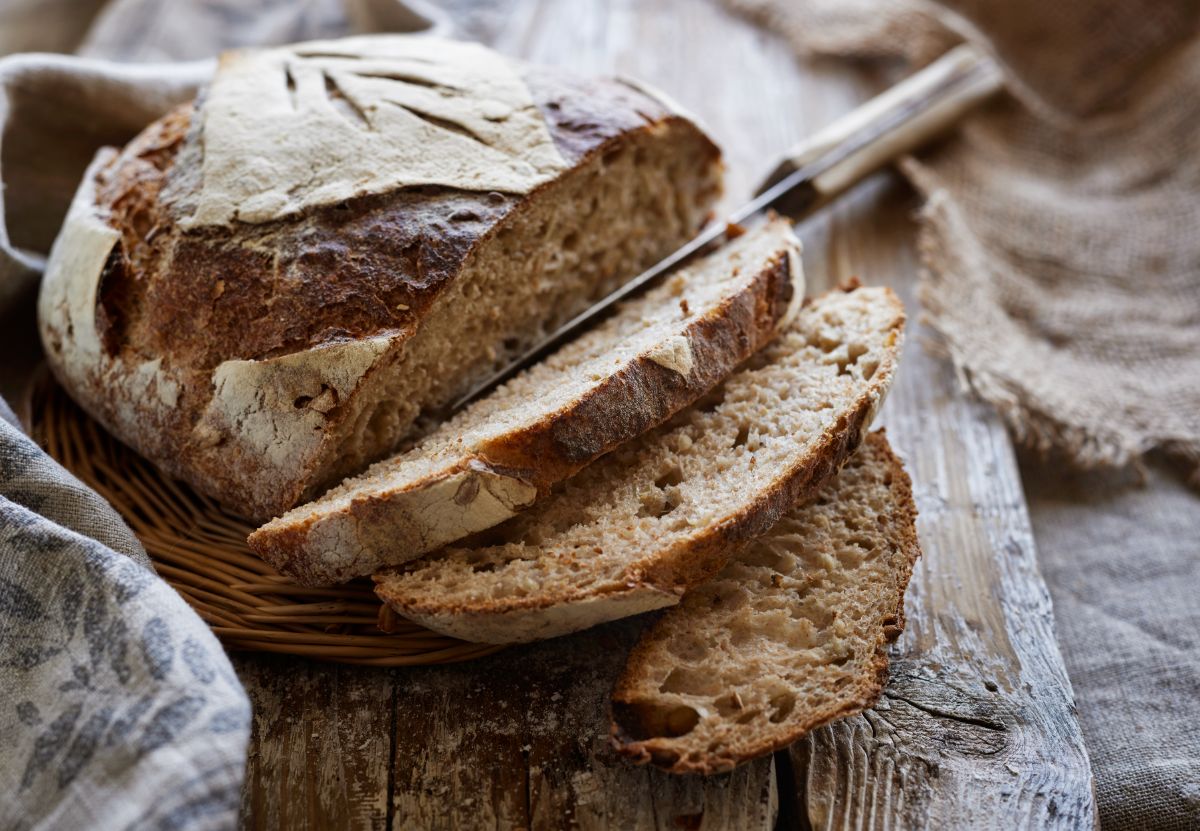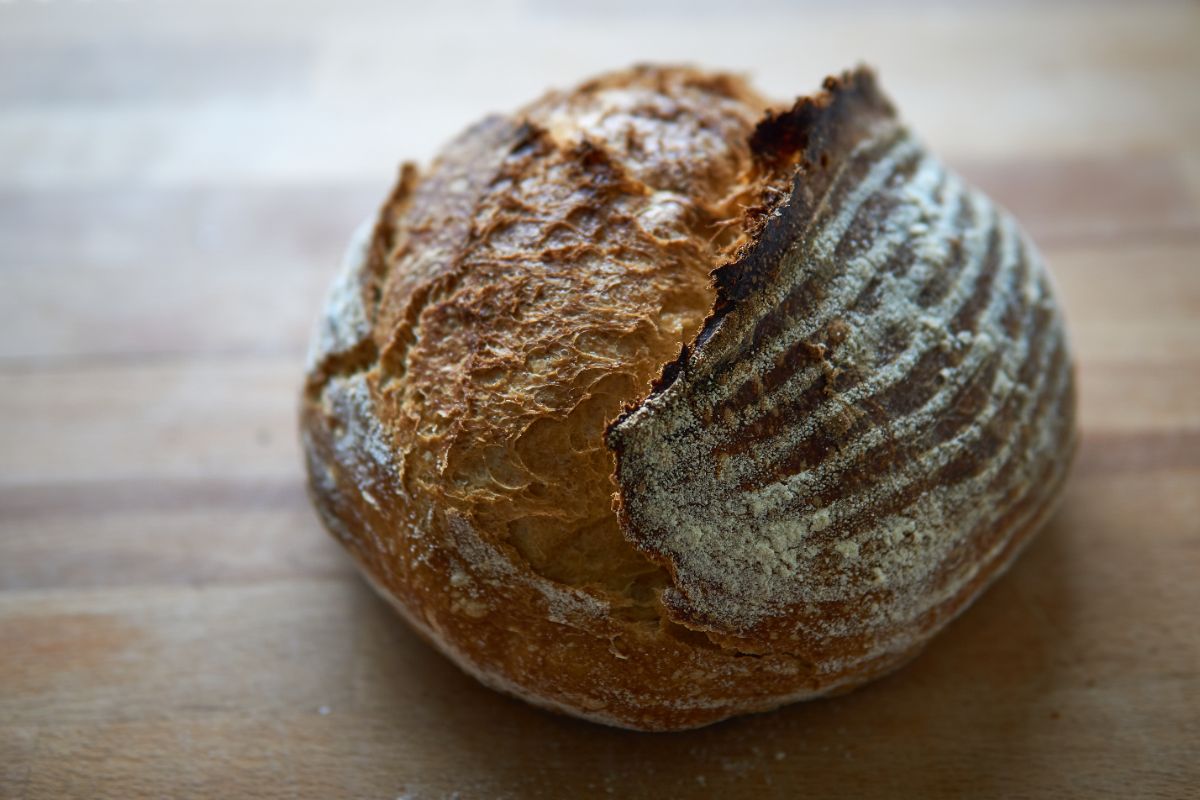With words such as Glycemic Index at the core of mainstream media, health talks on bread are increasing day by day. Globally, various governments are on the verge of educating their respective citizens on how to remain fit in all spectrums of life and still enjoy this staple food.

There are hundreds of brands to avoid and those to work with. At the centre of this discussion are the two types of bread, sourdough and the conventional wheat bread. In this article, we are going to answer the basic question about which type of bread is healthier.
Generally, It is the bread’s components that define whether it is healthy or not. It is the type of baking ingredients used that determines the bread’s dietary values and effects.
Unlike wheat bread, sourdough is very flexible. It can be prepared with almost all type of grains. Therefore, when comparing its dietary value against the conventional bread, the focus is limited to the fermentation process.
Traditionally, sourdoughs are leavened with wild yeast. In the presence of a natural occurring lactic acid bacteria, wild yeast ferments to form gas bubbles that are the key player in the rising process.
Unlike baker’s yeast, wild yeast is more resistant to acidity. This is the reason why it works well with the lactic acid that occurs in products such as kefir, yoghurt, kimchi alongside sourdough bread. Starters fermentation take longer than the yeast. It cannot match rapid or regular yeast as far as convenience in regular baking is concerned.
Many people ask why they find it very easy to digest sourdough than the normal wheat bread. Although the two types of bread are made with the same material, the process of fermentation means a lot as far as the final product is concerned. Starter fermentation enhances both the nutritional profile and digestibility.
The nutrients in the sourdough are easy to absorb into the body system
Whole grains contain potassium, zinc, magnesium, and phosphate. Alongside the mineral, they also contain naturally occurring phytic acid. This acid can also be found in seeds, legumes and nuts.
Nutritionally, phytic acid considerably minimizes the absorption of the minerals and plays a huge role in body mineral deficiency. Fortunately, according to research, even minor acidification of the dough can immensely degrade phytates in any meal.
In sourdough bread, there are naturally occurring lactic acid bacteria. The bacteria reduce the pH of the dough to about 5.5. The result is a low phytate content bread with the aforesaid minerals easily absorbable in the body system.
This is the reason why sourdoughs are tastier than conventional wheat bread.
Sourdoughs are easier to digest
You can make sourdoughs from almost any type of grain. Due to this flexibility, you can use the same type of flour in both the sourdough and the wheat bread and test for their varying level of digestibility.

Unlike wheat bread, sourdoughs contain both prebiotic and probiotic contents. Non-digestible fibres form the prebiotic components while the beneficial bacteria and some other supplements form the probiotic materials.
Non-digestible fibres promote the movement of the ingested and digested food materials in the digestive system. It gives the stool its bulk hence preventing problems such as irregular stool or constipation.
Beneficial bacteria on the other hand help in breaking down of the complex food materials in the elementary canal and enhance the rate of absorption. They also help in the production of vitamin B12 and K, breaking down of poisons and controlling the growth of harmful bacteria.
Often, you will hear some of your friends complain about bloating whenever they eat conventional wheat bread. It is not what many think of—wheat allergy.
Their stomachs are not in a position to digest the bread’s component. Therefore, the best way to solve this problem is by replacing wheat bread with healthier ones such as sourdough. Otherwise, supplements such as apples, onions, and watermelons can be used for more relief.
Sourdoughs have lower gluten content than conventional wheat bread
What differentiates the two types of bread is the mode of leavening. Unlike yeast leavening, using starters for fermentation results into a dough with a weak gluten network. As a result, the resultant baked goods are always low in gluten content.
Generally, various people have a varying degree of gluten intolerance. Some find it easy to digest gluten products. Some experience mild reaction. Some react vigorously to even traces of gluten contents.
Starter’s fermentation makes sourdough bread a better option for people with mild gluten intolerance. You can also make gluten-free sourdough bread for people with hyperactive gluten intolerance.
Consult your doctor when you experience symptoms such as headaches, abdominal pain, bloating, tiredness, depression and diarrhea after taking the gluten content to check whether you are intolerant or not.
Sourdoughs have lower GI as compared to conventional wheat bread
Unlike in Baker’s yeast, starters fermentation modifies the basic structure of the carb molecules that forms the dough. The effect is lower Glycemic Index.
Glycemic Index is the rate of change of the blood sugar level in ninety minutes after consuming the food. Foods with higher glycemic index are often associated with diseases such as cancer, obesity and diabetes. They are one of the major causes of death in the contemporary world.
Let’s not forget about this. A difference of 1% GI affects a lot of impact on the general life of the consumers more so when the products in the limelight are taken for a long period. Therefore, by ditching the conventional wheat bread for sourdough you can magnanimously minimize risks to the diseases therein.
Conclusion
Sourdough is the old school bread that is a gem in the contemporary world. From time immemorial, the bread has been approved to be the best alternative for the commercial conventional bread and any other brand out there.
Artisanal sourdough bread is not only healthier but also less artificial, tastier and cooler than the conventional bread. Yes, you love bread. But remember, you still love your clothing. Sourdough is the figure to look out for in your next shopping journey.
